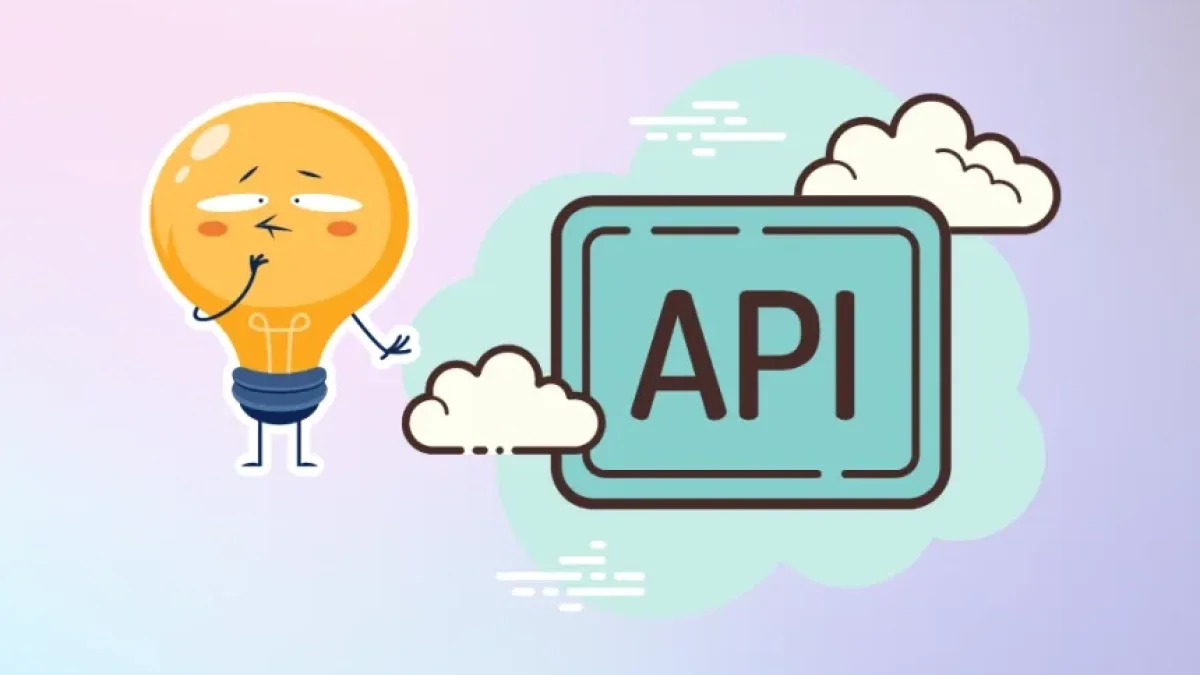Easily simplify integrations of external APIs in Laravel.


Integrating external APIs into web applications can be challenging, especially for developers seeking efficiency and organization. In this context, a recent article presents a solution to simplify these integrations in Laravel using service modules. This methodology allows for more effective management of interactions with APIs, improving code maintainability and facilitating teamwork.
What are Service Modules?
Service modules are a structure that organizes code in Laravel, allowing the separation of business logic related to interactions with external APIs from the rest of the application. This modular approach helps encapsulate functions and makes it easier to reuse them in different parts of the project.
Benefits of Using Modules in Laravel
By implementing service modules for the integration of external APIs, developers can experience several key benefits:
-
Code Organization: Service modules help keep the code clean and organized, making it easier to track and understand interactions with APIs.
-
Reusability: By encapsulating logic related to an API, modules allow it to be reused in different places within the application without code duplication.
-
Maintainability: With organized code, updates and changes can be made more efficiently, reducing the risk of introducing errors in other parts of the system.
-
Ease of Testing: The modular structure facilitates the creation of unit and integration tests, resulting in more robust software.
Step-by-Step API Integration
To implement a service module in Laravel and integrate an external API, the following general steps can be followed:
1. Create a Service Module
The first step is to create a folder for the module in the Laravel application. This involves creating necessary files such as controllers, models, and services that will interact with the external API.
2. Define Interaction Functions
Within the module, functions that handle requests to the API are defined. This includes functions to retrieve, send, or delete data according to the required business logic.
3. Handle Responses
It is crucial to properly process the responses from the API, which may involve data transformation or error management. This step is key to ensuring that the application handles interactions efficiently.
4. Integrate the Module with the Rest of the Application
Once the module is set up, it can be easily integrated with other parts of the application, facilitating communication between the different functionalities of the system.
5. Testing and Debugging
Finally, extensive testing is recommended to ensure that the integration works correctly. This helps identify and fix potential issues before the application goes into production.
Conclusion
Simplifying the integration of external APIs in Laravel through service modules is an effective strategy for improving the structure and maintainability of code. This approach allows developers to better manage interactions with external services, facilitating the long-term development and maintenance of their applications.
If you're interested in more news and tips on development in Laravel and other technological topics, I invite you to explore more articles on my blog. Your feedback is always welcome!



















